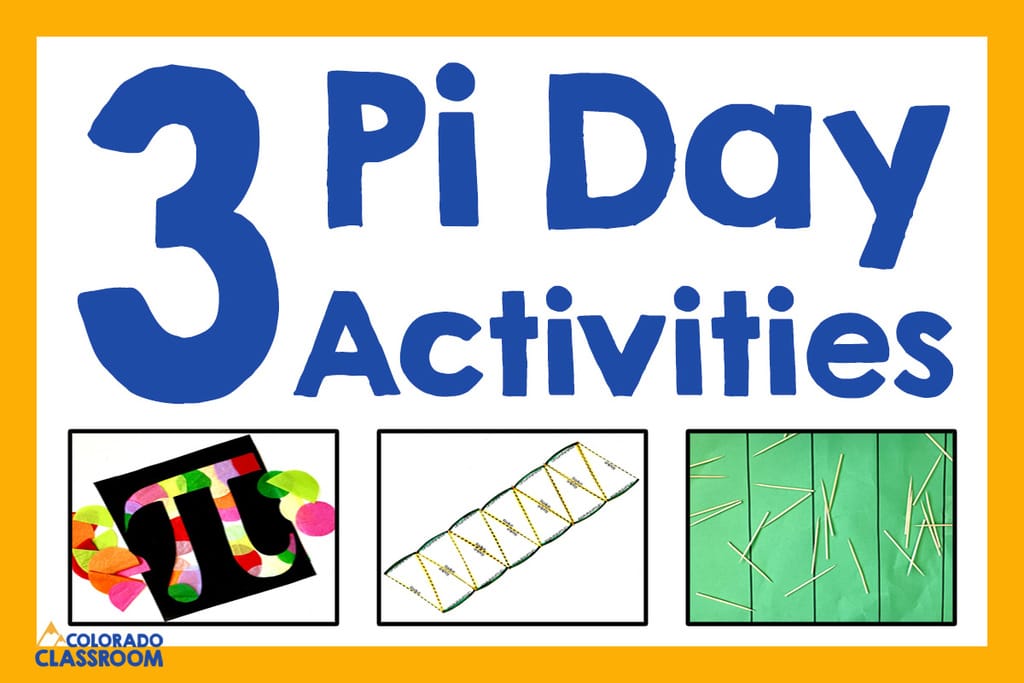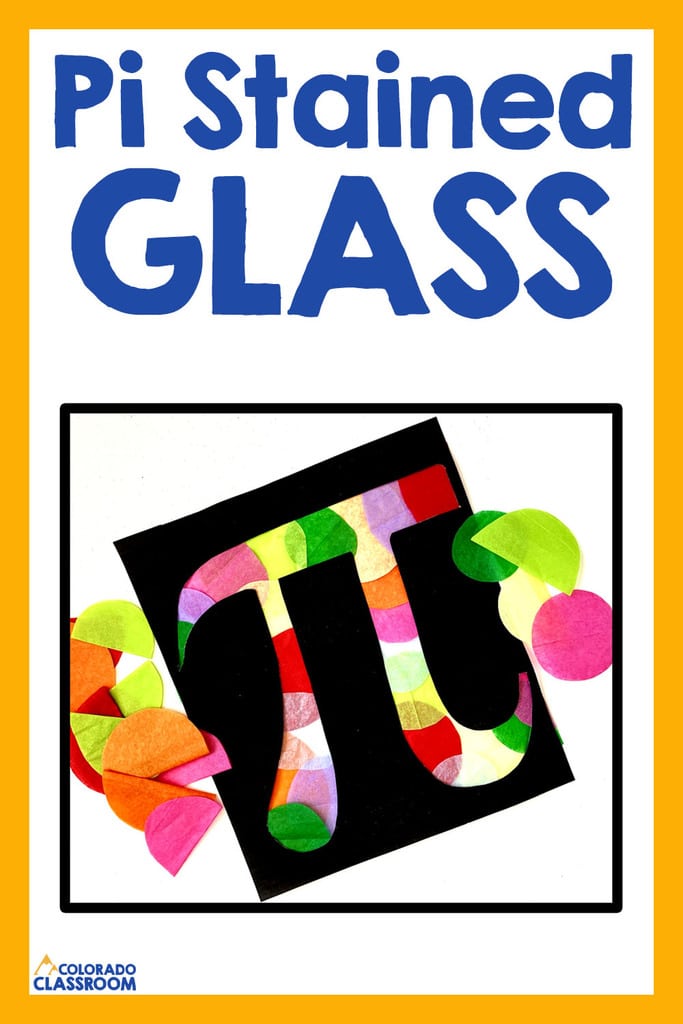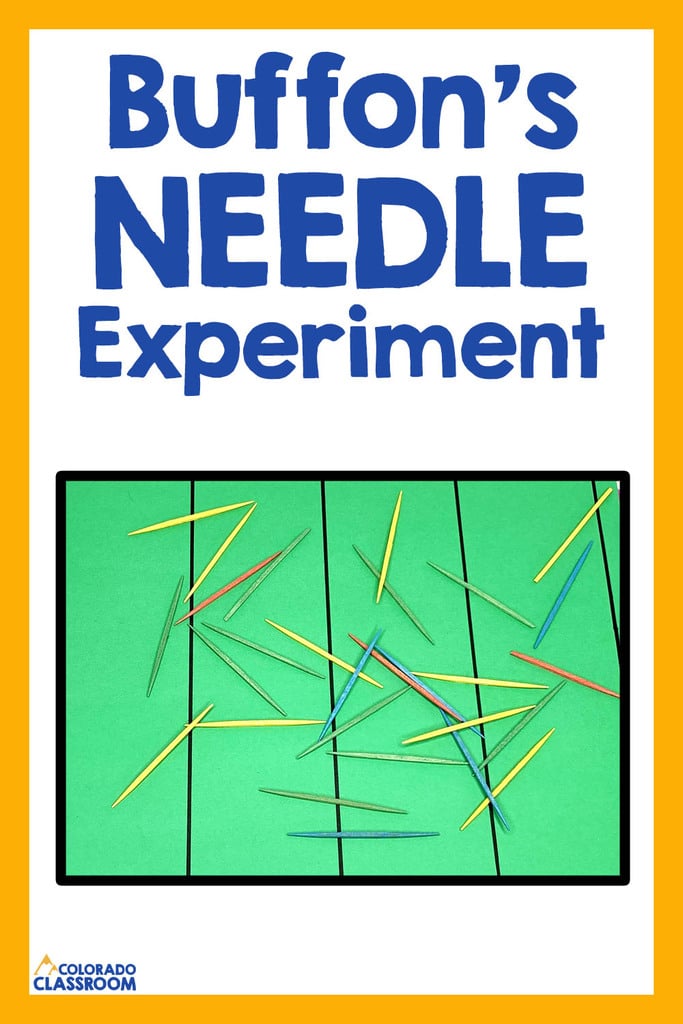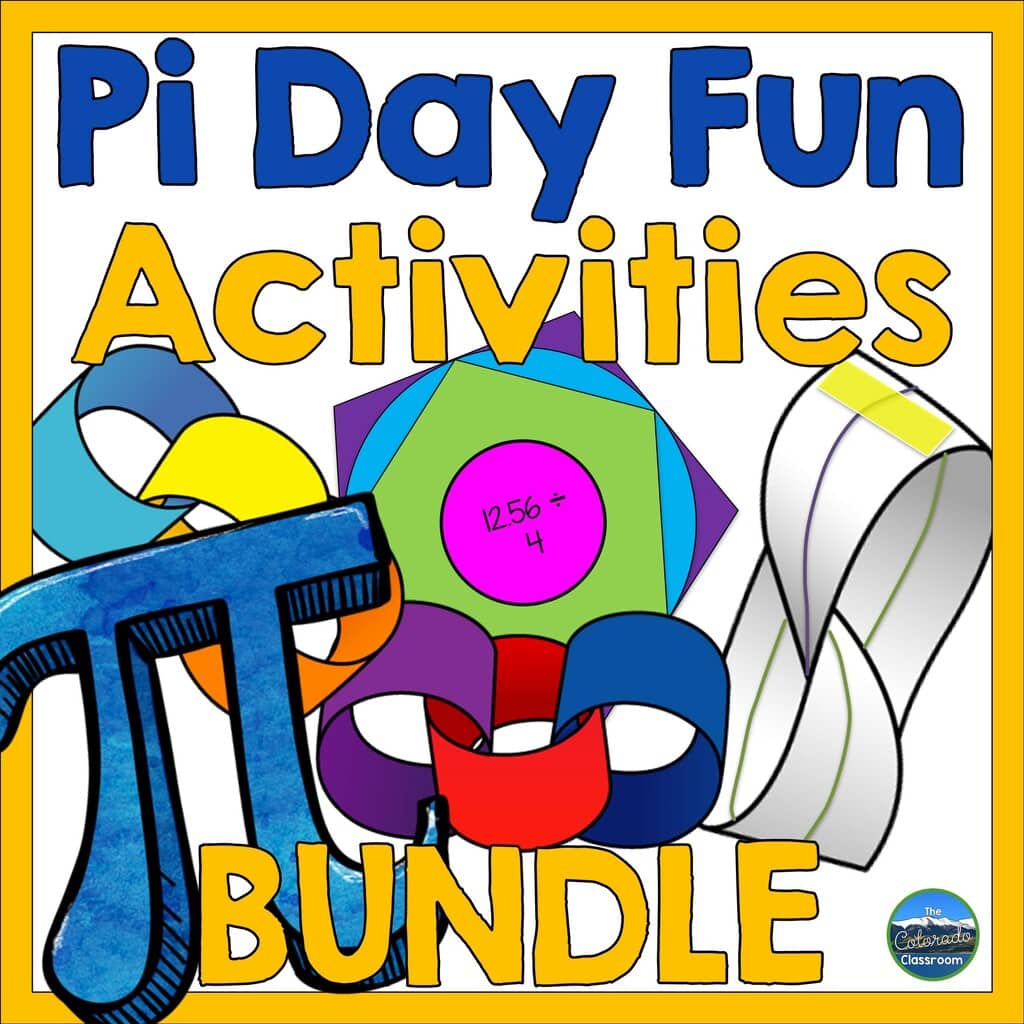3 Pi Day Activities to Make your Day Outstanding
I’ve been celebrating Pi Day for years. I have tried loads and loads of different activities throughout all my time. Yet, there are 3 Pi Day activities I have found that will make your day outstanding.

1.) Pi Day Activities Look Beautiful With Pi Stained Glass

For Pi Stained Glass, you will need a Pi symbol or “Pi” written in white on a black background. Carefully cut out the symbol or word without cutting into the black background. I find it easiest to gently fold the symbol just a little and make a small snip to get started. Then open up the design and cut from there. That way, you can cut out the white portions without cutting through the black parts.
Once you’ve removed the symbol or word, flip the design over and cover the open space with brightly colored tissue paper pieces. I like to use circles or half-circles of tissue paper since we’re talking about pi. Tape seems to work best, but you could also use glue sticks to hold these pieces down. Cover all openings and then flip over to reveal your design. Place your pi stained glass in a window to get the best and most beautiful effect.
Check out this video to see the process in action.
2.) Circles and Parallelograms
Pi day activities that examine the relationship between circles and parallelograms are another learning opportunity. Have students cut a circle into twelve equal wedge pieces. It helps if these are measured and marked ahead of time, so students know exactly where to cut. Once the 12 pieces are cut, have the students glue them down onto another paper. Have students alternate the pieces, tail to tip and tip to tail, forming a parallelogram. Upon completion, students should examine their model and answer some basic questions.
- How long is the base, or what fraction of the circumference is the base?
- What is the height of the parallelogram in relationship to the circle?
- The formula for the circumference of a circle is what?
- What is the formula for the area of a parallelogram?
- If the circumference can be stated as 2pi(r), what is the length of the base of the parallelogram in relationship to this circle?
- How does that compare to the area of a parallelogram?
Complete these questions orally with the class or create a worksheet and have students answer them on that paper.
3.) Buffon’s Needle Experiment

I recommend attempting Buffon’s Needle experiment to round out your incredible pi day activities. Unlike the first activity, which will beautify your area, and the second activity, which will work on logic and understanding, this third activity will astound students with its pi-related accuracy and use of probability.
For Buffon’s Needle experiment, you’ll need a sheet of paper or something larger like a piece of butcher paper, a marker, and about 20-50 toothpicks, depending on how many you want to pick up. Using a toothpick for spacing, draw vertical lines on the paper, a toothpick apart, making sure to go from one side to the other. Then take the toothpicks and randomly drop them from above the paper, straight down. Keep tossing until you are out of toothpicks. Then follow the steps and calculations below:
- Remove any toothpicks that missed the paper.
- Remove any toothpicks that stick out past the paper’s edge.
- Count up all the toothpicks remaining on the paper, but do not move them.
- Count up all the toothpicks that touch or cross a line.
- Now use your numbers in this formula:
2 x (total toothpicks on paper) / (toothpicks that crossed a line)
What is the final result?
Students should get a number very close to if not precisely pi. This result is due to some very high-level math and probability and is a very cool experiment and a fascinating inquiry lesson to do with your class.
You can see an example of Buffon’s Needle experiment in this video below.
Making Your Best Pi Day
With these three pi day activities providing the foundation of your day, you won’t go wrong this March 14th, celebrating circles and their magical ratio. However, if you want some activities for a specific age group, or to set up pi day stations, check out one of these Pi Day blog posts.
Pi Day Math Activities that Bring Fun to the Classroom
Pi Day Station Rotations in the 6th Grade Classroom

If you want any of these 3 activities, or any of 29 other activities, ready to go to perform with your class, then check out this Pi Day Fun Activity Bundle. Available on TpT or in my own website store, this bundle has crafts, logic and math problems, and inquiry-based activities for all types of learners. It’s everything you need in one place. Pick and choose your activities for the best Pi Day ever.
Comment below and let me know what you plan to do or how your day went. I love to share teaching stories!

